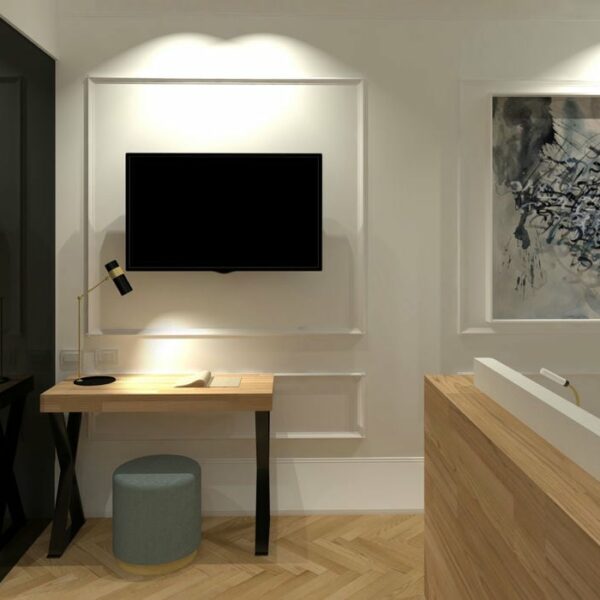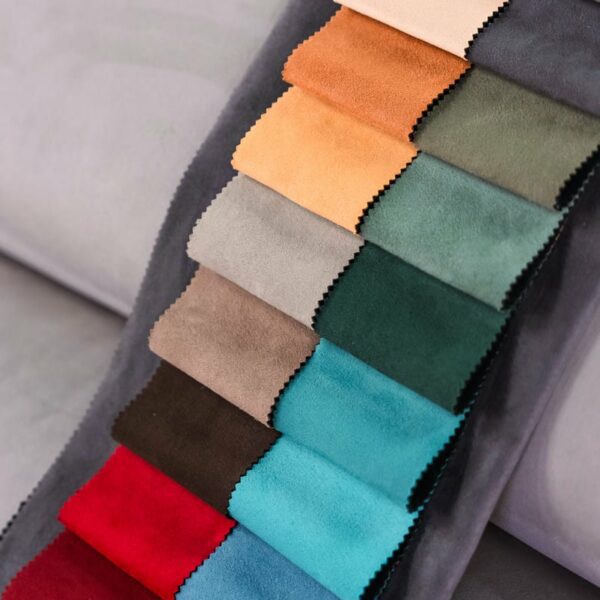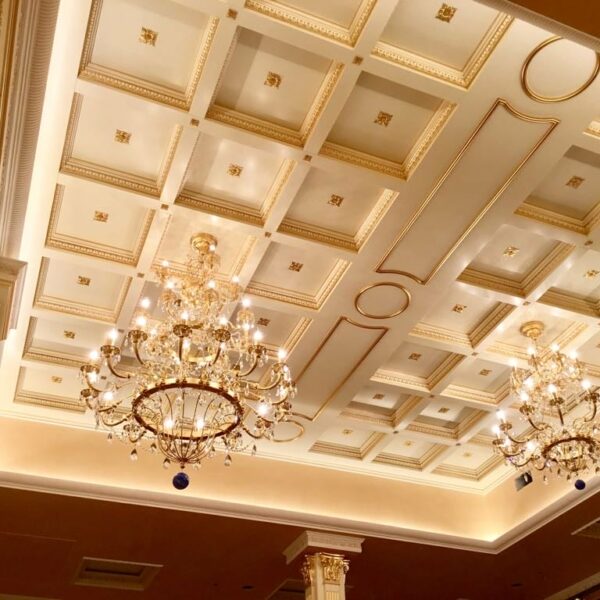Selecting the right wood can affect not only the final aesthetics, but also the durability and long-term performance of the structure. In this guide, we’ll explore the different types of wood and provide practical advice to help you make the best choice for your needs.
Hardwood or Softwood: What is the Difference?
The main distinction between hardwood and softwood types: This distinction is based on the cellular structure of the wood and affects its physical and performance characteristics.
Hardwood: Comes from deciduous trees and is characterized by its density and strength. Common examples include oak, maple, and walnut.
Softwood: Comes from evergreen trees and has a less dense cellular structure. It is generally lighter and less durable than hardwood. Examples include pine, fir, and cedar.

Considerations in choosing wood
- Intended Use: Determine the environment in which the wood will be used. For example, for outdoor, weathered areas, it is best to opt for rot-resistant hardwoods such as teak or western red cedar.
- Aesthetics: Consider the desired look of the wood. Some woods, such as cherry or mahogany, offer a rich tone and beautiful grain, ideal for luxury interiors.
- Durability: Evaluates the wood’s resistance to wear, insects, and decay. Hardwoods like oak and teak are ideal for projects that require a long lifespan.
- Availability and cost: Check the local availability and cost of the wood the client wants. Some types of wood may be more expensive or difficult to find in certain regions.
Popular types of wood and their applications
- Oak: Hardwearing and full of character, it is ideal for flooring, furniture and cladding.
- Pine: Economical and versatile, and widely used for support structures, beams and interior joinery.
- Teak: Known for its weather resistance, and perfect for garden furniture and decks.
- Western Red Cedar: Due to its natural resistance to insects and rot, it is often used for exterior siding and fences.


Conclusion
Choosing the right type of wood for your building project is crucial to its long-term success. You need to carefully consider the physical characteristics, performance and intended applications before making a decision. With a deep understanding of the different types of wood available, you can ensure the quality and durability of your constructions.


